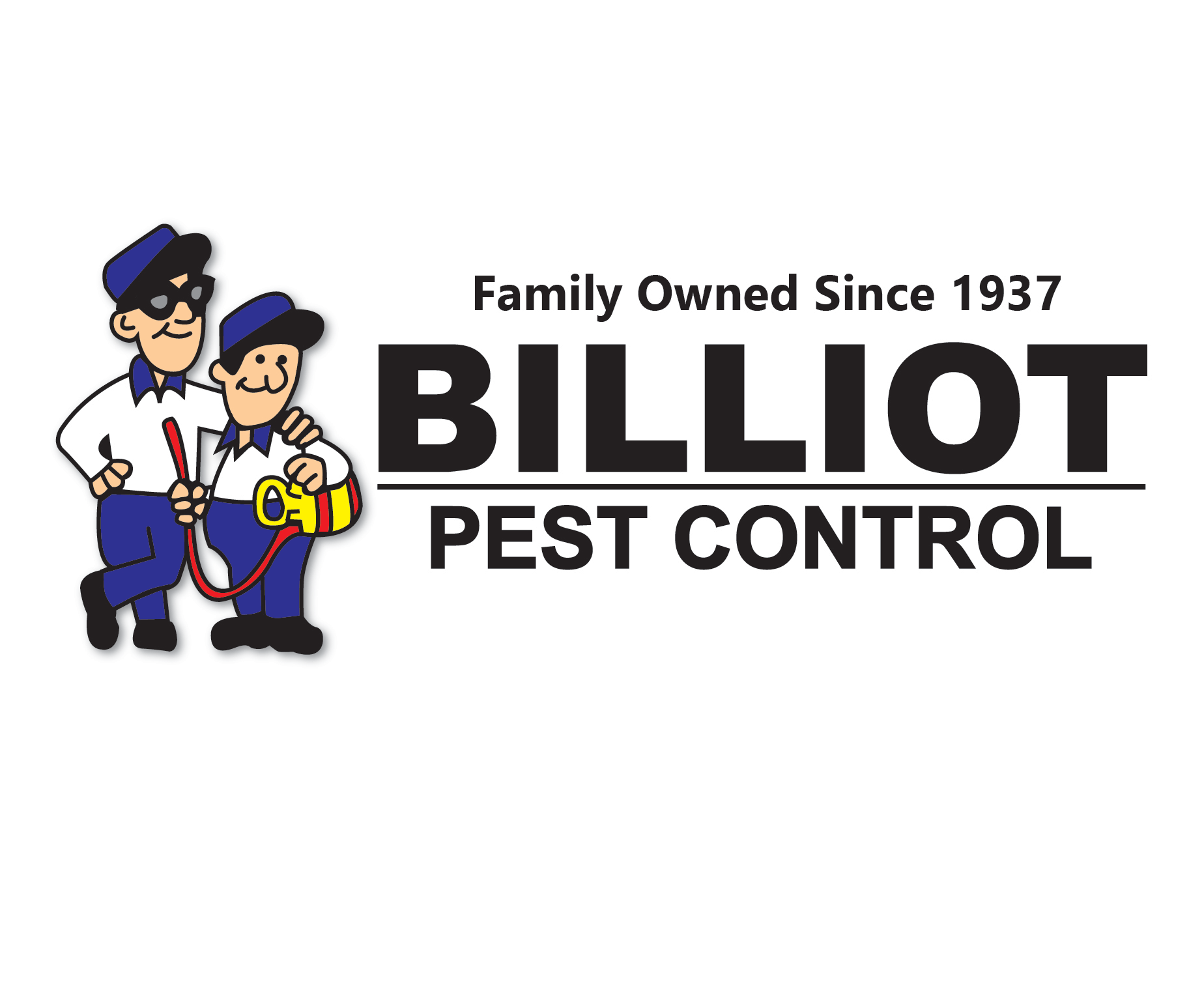Flies
Flies
Latin Name
Musca domestica
Appearance
Usually gray, less than 4 to 7.5 mm long with four black stripes on the thorax.
Behavior, Diet & Habits
They prefer corners and edges or thin objects to rest on. Indoors, they rest on floors, walls and ceilings during the day. Outdoors, they will rest on plants, the ground, fence wires, garbage cans, etc. Night resting places are usually near sources of food and 5 to 15 feet off the ground.
Wide variety of food, including human food, animal food and carcasses, garbage and excrement.
Reproduction
House fly eggs are laid in almost any warm, moist material that will supply suitable food for the larvae. The female may lay a total of five to six batches of 75 to 100 eggs. In warm weather, eggs hatch in 12 to 24 hours.
Signs of a House Fly Infestation
The adult flies are the most common sign of activity. Larvae also may be seen as they crawl out the breeding material to pupate. Lastly, the pupae themselves may sometimes be observed nearby the breeding material.
More Information
The average life span for a house fly in the wild is less than one month. Houseflies pass through the egg, larval and pupal stages in approximately 10 days, after which adult flies emerge. House flies cease growth after emerging from their pupae.
House flies are covered with small hairs that serve as taste organs. Their compound eyes are extremely complex: thousands of individual lenses allow them a wide field of vision.
House flies are major carriers of disease. They are known to transfer over 100 pathogens resulting in ailments, including typhoid, tuberculosis, cholera and dysentery. House flies collect these pathogens on their legs and mouths when feeding on feces, trash and other decaying material.
More than 100 pathogens are associated with the house fly, including Salmonella, Staphylococcus, E. coli and Shigella. These pathogens can cause disease in humans and animals, including typhoid fever, cholera, bacillary dysentery and hepatitis. Sanitation is critical to controlling these pests, but accurate identification is essential for successful fly control. Here are some other things you should know about flies and fly control:
- Depending on the species, the life expectancy of a fly is eight days to two months or, in some cases, up to a year.
- Flies belong to the order Diptera, meaning two wings. There are more than 16,000 species of flies in North America.
- Flies plague every part of the world except the polar ice caps.
- One pair of flies can produce more than 1 million offspring through their offsprings’ offspring in a matter of weeks.
- Millions of microorganisms may flourish in a single fly’s gut, while a half-billion more swarm over its body and legs.
- Flies spread diseases readily because they move quickly from rotting, disease-laden garbage to exposed human foods and utensils.
- Because they only have two wings, flies land often and therefore can deposit thousands of bacteria each time they land.
- U.S. Department of Agriculture sources reveal that flies contaminate or destroy $10 billion worth of agricultural products annually.
- Every time a fly lands, it sloughs off thousands of microbes. If a fly lands on food or utensils, customers may ingest germs that can trigger serious illness such as diarrhea, food poisoning, meningitis and bloodstream infections.
House Fly Control
House flies can be a real nuisance when they are flying around. But they can also transmit diseases, so it is important to get rid of them. House fly control is not always as easy as it sounds. There is often more involved than a fly swatter. House fly control involves several steps, and Billiot Pest Control can help.
The first step is identification. It is easy to confuse house flies with several other fly species, including cluster flies. The different types of flies may look similar, but they require different control methods. Billiot Pest Control can help with the identification.
It is very important to identify the places where the flies have been depositing their eggs. It may be something simple like an uncovered trash can or a bowl of pet food on the patio. However the house fly breeding site could be something that is not obvious. The breeding site must be cleaned up or removed. If the breeding site is not removed, the flies will continue to be a problem.
Billiot Pest Control is trained to spot these breeding sites during the inspection. He or she will also point out any structural issues, like torn screens or damaged weather stripping that the flies could use to get inside your home.
The next step is to eliminate the adult flies. Depending on the situation, it may be necessary to use fly bait, traps or an insecticide application. Billiot Pest Control will have all of these tools available. He or she is trained to make the application correctly.
Get A Free Estimate
Free Estimate Form Submission
Thank you for contacting us.
We will get back to you as soon as possible
We will get back to you as soon as possible
Oops, there was an error sending your message.
Please try again later
Please try again later
Click Here to Call Us

Southshore 504-365-0075 or Northshore 985-893-5083
©
Copyright
Billiot Pest Control


